Heschel Centre for Catholic-Jewish Relations at the Catholic University of Lublin
02 February, 2025
3 min
Commentary for Sunday: Jesus, Mary, and Joseph – Practitioners of Judaism
In describing Joseph and Mary’s arrival in Jerusalem after the birth of Jesus, Luke emphasizes that the parents willingly observed the rites prescribed by the Pentateuch. The family was deeply rooted in the Jewish beliefs and customs of their time, observes Prof. Serge Ruzer, a lecturer in comparative religious studies at the Hebrew University of Jerusalem, in […]
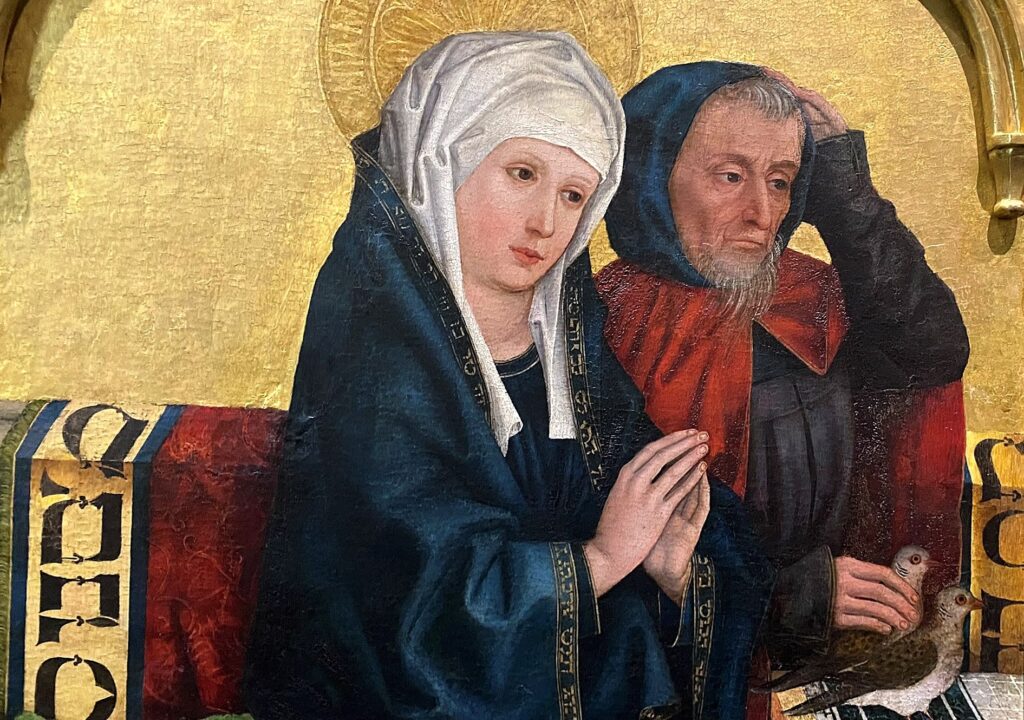
In describing Joseph and Mary’s arrival in Jerusalem after the birth of Jesus, Luke emphasizes that the parents willingly observed the rites prescribed by the Pentateuch. The family was deeply rooted in the Jewish beliefs and customs of their time, observes Prof. Serge Ruzer, a lecturer in comparative religious studies at the Hebrew University of Jerusalem, in a commentary for the Heschel Center of the Catholic University of Lublin on the Feast of the Presentation of the Lord, celebrated on February 2.
In his description of Joseph’s and Mary’s arrival in Jerusalem following Jesus’ birth, Luke emphasizes that the couple was eager to follow the ordinances of the Pentateuch and even provides for the exact quote from Exodus 13 (I quote from Luke 2:22-24): “And when the time came for their purification according to the Torah of Moses, they brought him up to Jerusalem to present him to the Lord (as it is written in the Torah of the Lord [here the Lord obviously refers to God Almighty and not to Jesus], ‘Every male that opens the womb shall be called holy to the Lord’ and to offer a sacrifice according to what is said in the Torah of the Lord, ‘a pair of turtledoves, or two young pigeons’.”
Before that Luke writes “And at the end of eight days, when he was circumcised, he was called Jesus” – indicating that the family kept one more foundational ritual ordained by the Torah, the circumcision of a male newborn on the eighth day, as well as and a Jewish custom to give a name to the child at the time of the ritual. Further on, Luke describes the pilgrimage to Jerusalem to mark Jesus’ religious adulthood – what is called bar mitzvah – celebrated those days at the age of thirteen (as today) or, alternatively twelve.
It is a distinctive feature of Luke: unlike Matthew, who in his opening chapters focuses on Jesus’ links to figures from Israel’s biblical past – David, Abraham, Moses – Luke emphasizes how strongly the family was entrenched in the contemporaneous Jewish belief and custom. Tellingly, this strategy does not stop with the parents. This is how our author describes the beginning of Jesus’ mission (Luke 4:14-16): “ And Jesus returned in the power of the Spirit into Galilee …And he taught in their synagogues, being glorified by all. And he came to Nazareth, where he had been brought up; and he went to the synagogue, as his custom was, on the sabbath day.” This last Lukan observation portrays Jesus as embracing the first-century Jewish synagogue-centered piety.
Another outstanding motif in the presentation episode is that of the righteous Simeon being endowed with the holy Spirit equaling the gift of prophecy (Luke 2:25-26): “ Now there was a man in Jerusalem, whose name was Simeon, and this man was righteous and devout, looking for the consolation of Israel, and the holy Spirit was upon him. And it had been revealed to him by the holy Spirit that he should not see death before he had seen the Lord’s Messiah.”
Now, the late Second Temple times were distinguished by the perception that the Spirit-induced prophecy belongs to the past, when the texts of the Hebrew Bible had been composed. Yet, as evidenced in the Mishnah tractate Sotah, the hope for redemption included restoration of prophecy in messianic times, and the link of the gift of the Spirit to Messiah is typically highlighted in Simeon’s case.
Finally, one notes the importance of the Temple, where Simeon meets the family, for Luke’s outlook. Obliged to the common Gospel tradition, the author does retell the story of cleansing the Temple by Jesus and the prophecy of destruction. However, in Luke’s own contribution to the narrative’s beginning, the Temple is clearly the center of holiness. And the Book of Acts, penned by the same author, portrays Jesus’ disciples in Jerusalem as daily visiting the Temple, possibly anticipating the redemption – with return of their Master – to start from there.
Related
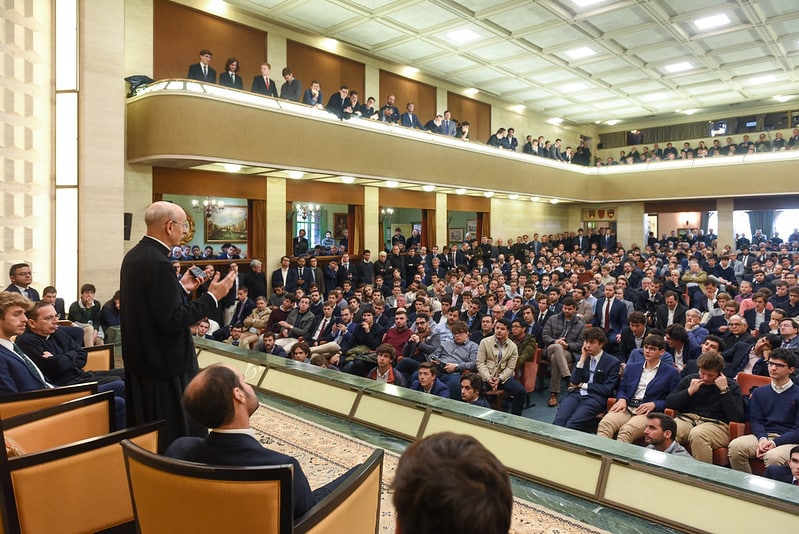
Evangelization and Sanctification of Work
Exaudi Staff
16 April, 2025
6 min
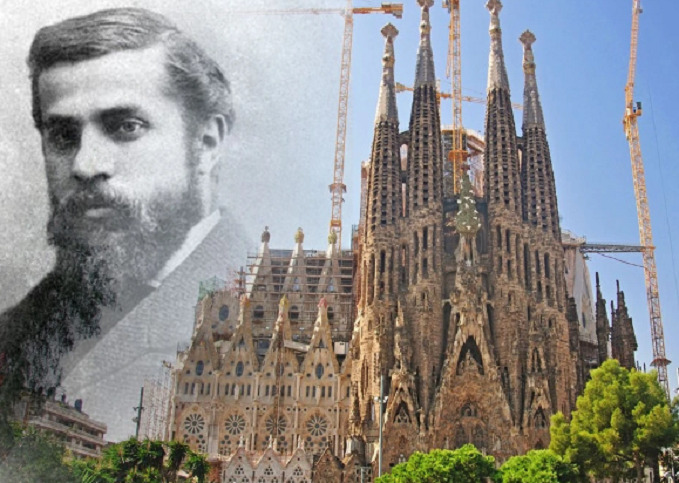
Gaudí, the Mystery Revealed: The Perspective of Paloma Pía Gasset
Exaudi Staff
16 April, 2025
2 min
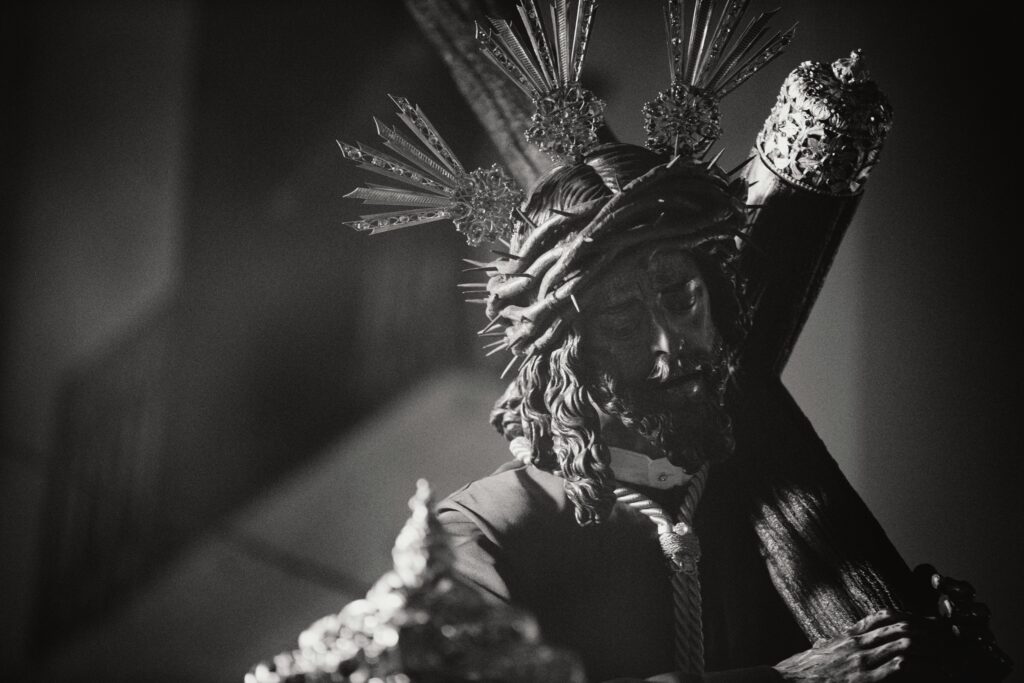
Christian Hope
Luis Herrera Campo
15 April, 2025
3 min
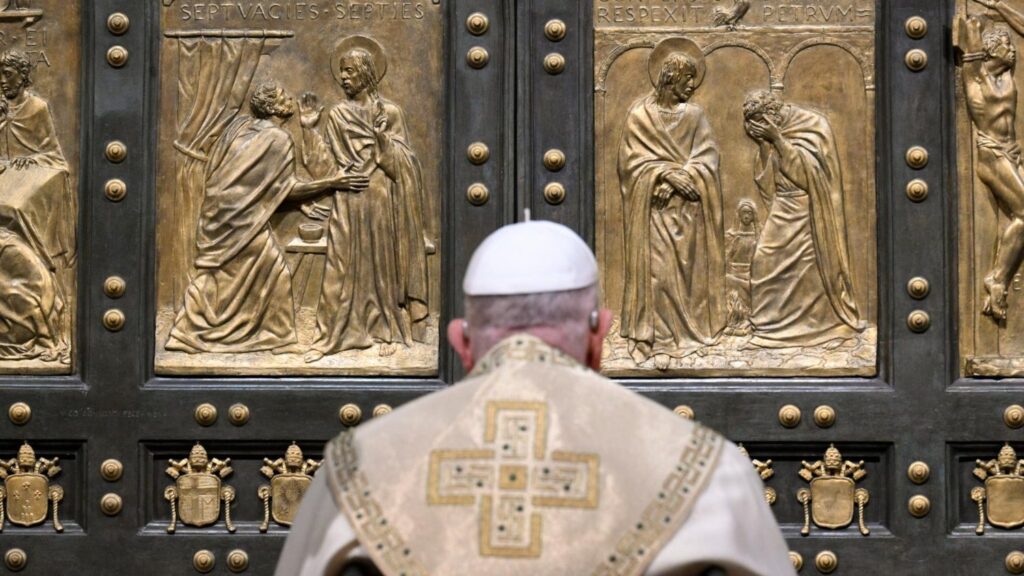
How to gain a plenary indulgence during the Jubilee Year?
P Angel Espinosa de los Monteros
14 April, 2025
3 min
 (EN)
(EN)
 (ES)
(ES)
 (IT)
(IT)

